The Future of Implementing Zero Trust

Cybersecurity threats are ongoing against government assets and networks, while recent threats have highlighted the challenges of ensuring effective cyber defenses. Enacting zero-trust architectures is a goal of agencies across government to ensure better cybersecurity.
Learn:
- How CISA is aligning its goals with the White House’s.
- The ways that the Navy is connecting CJADC2 with zero-trust goals.
- The Pentagon’s next steps in ZTA implementation.
- CISA’s pillars of zero trust maturity.
Table of Contents:
- Pentagon Eyes Next Step in Zero Trust Implementation
- Zero Trust Synonymous with CJADC2 Operations, Navy Leaders Say
- The Four Pillars of CISA’s Zero Trust Maturity Model Version 2.0
- Deploy Zero Trust Architecture to Secure Systems
- CISA Updates Zero Trust Maturity Model to Align with White House Directives

-
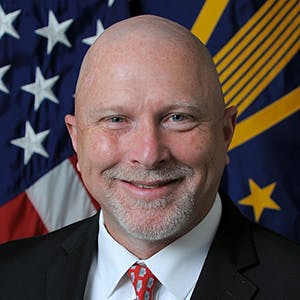 David McKeown Senior Information Security Officer and Deputy Chief Information Officer for Cybersecurity, Department of Defense
David McKeown Senior Information Security Officer and Deputy Chief Information Officer for Cybersecurity, Department of Defense -
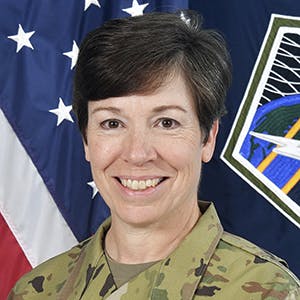 Lt. Gen. Maria Barrett Commanding General of Cyber Command, U.S. Army
Lt. Gen. Maria Barrett Commanding General of Cyber Command, U.S. Army -
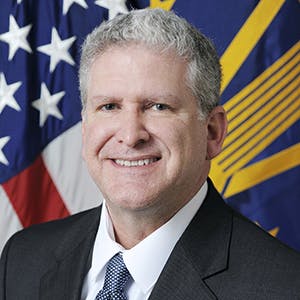 Randy Resnick Director, Zero Trust Portfolio Management Office, DOD
Randy Resnick Director, Zero Trust Portfolio Management Office, DOD -
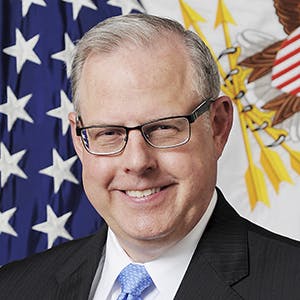 John Sherman CIO, DOD
John Sherman CIO, DOD -
 John Simms Senior Technical Advisor, TIC, CISA
John Simms Senior Technical Advisor, TIC, CISA -
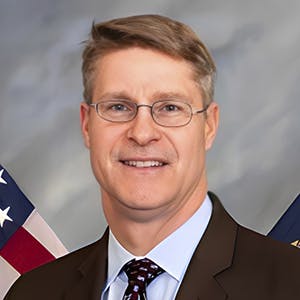 Scott St. Pierre Director Enterprise Networks and Cybersecurity (OPNAC N2N6D), US Navy
Scott St. Pierre Director Enterprise Networks and Cybersecurity (OPNAC N2N6D), US Navy
-

DOD Has a New Cyber Resiliency Assessment Program
Defense officials tout the continuous assessment feature and scalability of the new program amid increased cyber threats.
5m read -

Cyber Resilience and Recovery Amid Evolving Cyber Threats
Data durability is a key aspect of NIST’s cybersecurity framework for public and private organizations.
21m listen -

How TMF is Helping Agencies Accelerate Tech Modernization
The program launched a new AI pilot to expedite TMF applications as agency leaders urge more to consider applying for funds.
4m read -
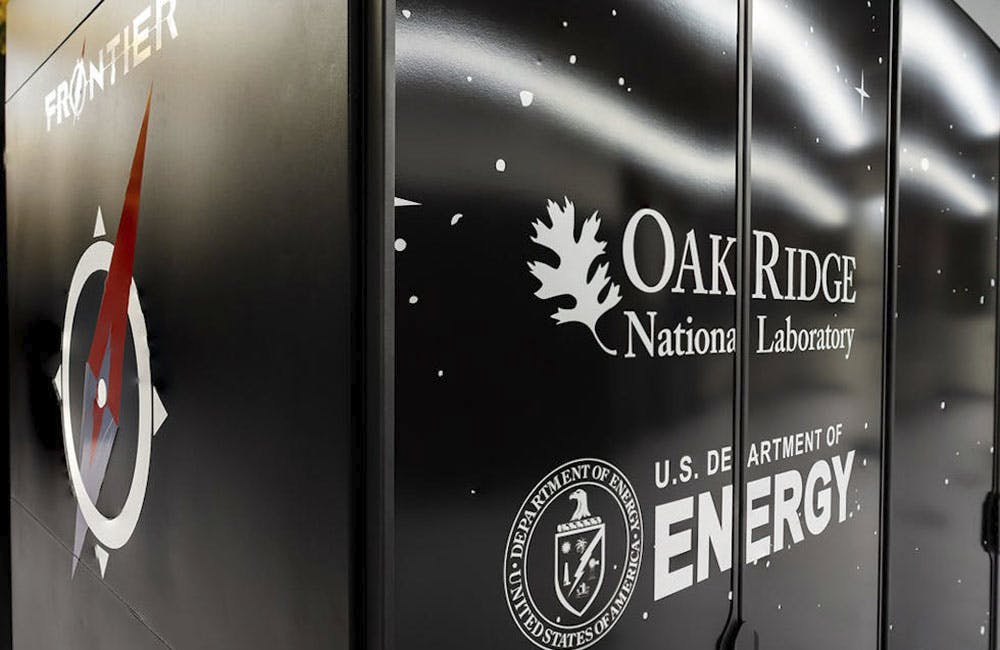
Energy Researchers Aim For Holistic Approach to AI Issues
A new center at the Oak Ridge National Laboratory is looking at under-researched areas of AI to better understand how to secure it.
2m read














